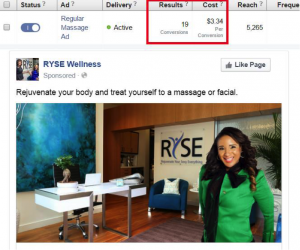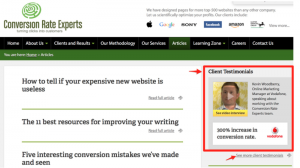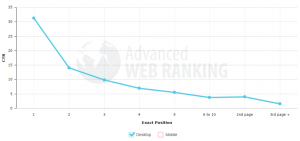Do you know which kind of analytics to use, and when? Columnist Alan K’necht breaks down the three categories of analytics and explains how using them effectively can make your marketing campaign successful.

The marketing world gets more complex daily as more and more data and types of analytics become readily available to guide and evaluate our marketing efforts. More often than not, clients are asking for proof of success, ROI and other tangible results.
To meet this growing demand, successful marketers are making greater use of digital analytics. Yet many marketers either don’t fully understand the differences between analytic tools available or are simply burying their heads in the sand and hoping their clients don’t know either.
Being able to distinguish between at least three types of analytics and knowing which to use, and when, can mean the difference between the success or failure of any marketing campaign. Using these tools effectively can make you a superhero to your clients.
To understand the role analytics must play in your marketing strategy, think of analytics as your marketing campaign’s GPS (Global Positioning System). It’s a tool that will help you navigate campaigns successfully from point A to point B.
Analytics is typically broken down into three categories: historical, real-time and predictive. Knowing which to use and when can be compared to the different types of GPS systems available. Let’s examine each one and its role in implementing a successful marketing plan.
Historical analytics
All marketers are familiar with historical analytics. It dates back long before the subjective analytics that Burma-Shave used to measure the effectiveness of its roadside billboards in the 1920s or when AC Neilsen first started measuring the difference in audience size of various radio programs in the 1930s.
Today, Google Analytics is the most common of these tools. It’s great at telling you what happened (August 19, 2016), last week, last month. How did our marketing efforts perform?
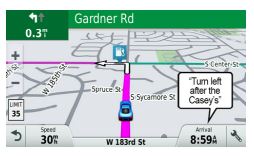
When used correctly, it allows you to adjust your marketing plan, as historical evidence demonstrates you’re not going to reach your goal in time. This is the equivalent of a traditional GPS (one that you might have purchased a few years ago), where you input your desired destination, and it maps out a route based on published speed limits and calculated distance.
If you encounter unusual road traffic, road closures or other obstacles along the way, you can request a new route, and you’re off again.
Real-time analytics
Savvy marketers are now starting to embrace real-time analytics. No longer do they have to wait until the next day or week to see the impact their marketing efforts are having.
Real-time analytics is most commonly used in digital marketing but can be available for other media. It tells you in real time if those new ads are generating traffic and conversions, or how much engagement is being generated via social media campaigns in real time.
When used correctly, real-time analytics not only allows for quicker adjustments to marketing plans, it can also save thousands of dollars by killing efforts that fail right from the start or by giving a boost to those that are working. This ensures a higher ROI than if you waited a few days to review the data.
It’s important to remember that despite the “real-time” label, it’s still historical data. The difference is that it’s not a day or more old, but only seconds or minutes old.
Once again, Google Analytics with its “Real-Time” analytics is the most commonly used one within the marketing field.
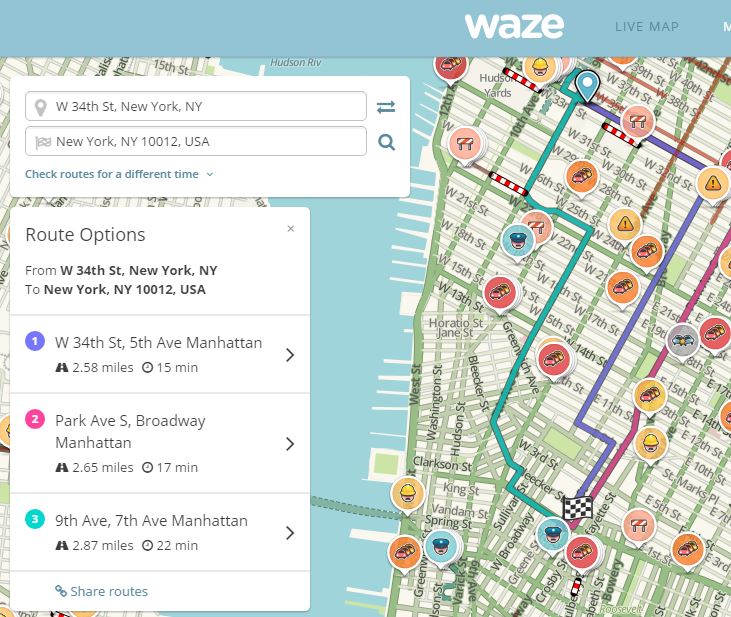
Using the GPS analogy, real-time analytics aligns itself with Waze or any modern GPS that accesses real-time traffic data. Depending on what might be happening on the road a few miles ahead, these systems are constantly (in real time) calculating the best route for you and, when necessary, will revise the route, ensuring you arrive at your destination in the quickest time possible.
Predictive analytics
The best way to explain predictive analytics is that it’s the next generation of analytics, leveraging the power of historical and real-time analytics.
In the old days, analysts would gather all the available historical data, do a regression analysis to plot a graph and calculate a trend line to predict the future. Today, analysts can leverage the power of real-time analytics, making near-instant adjustments to their forecasts and allowing a nimble marketing team to make adaptations to their campaigns on the fly, avoiding potential disasters.
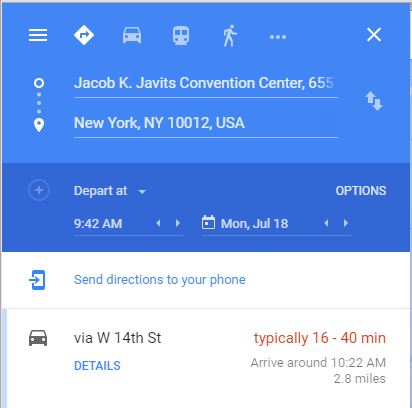
Returning to the GPS analogy, imagine a GPS that looks at historical traffic patterns. It plots your best route based on the day of week and time of day (Google Maps does this now) but then makes near real-time adjustments based on real-time data and your personal preferences (Perhaps you have a route you always prefer).
We all know that even when using a GPS like Waze, the best route right at this moment isn’t always the best one in 15 minutes. From experience, we may know (we can predict) that in perhaps 10 or 15 minutes, a certain highway is going to come to a standstill, and we need to take an alternative route. That’s predictive analytics at work.
We see predictive analytics at work every day when we log into Facebook — based on posts we’ve liked, reacted to, clicked on, shared, hid, marked as spam, commented on and more. Each time you go to your news feed, Facebook uses predictive analytics to determine, out of the thousands of potential posts ready to go to your feed, which ones you should see and ranks them according to what it thinks you want to see. It does the same for promoted posts that appear in the news feed.
What’s ahead?
Through predictive analytics, we as marketers (in the near future) will predict which ads will respond to which demographic and then adjust them based on real-time data. We will have the ability to showcase specific products to prospective clients, all based on custom algorithms derived from predictive analytics.
When it comes to analytics, I think back to my business 101 class many years ago and the story of the ice cream vendor. The vendor needs to know how much ice cream he’s going to sell on any day of the week to ensure proper inventory. He knows he sells more on hot days and nearly nothing on cold and rainy days.
With predictive analytics, he can incorporate weather forecasts against historical data to adjust inventory and marketing messages to ensure the optimal success of his business.
As marketers of today and the future, we need to start leveraging the power of all three forms of analytics to ensure campaign success.
Some opinions expressed in this article may be those of a guest author and not necessarily Marketing Land. Staff authors are listed here.
Marketing Land – Internet Marketing News, Strategies & Tips
(53)
Report Post

